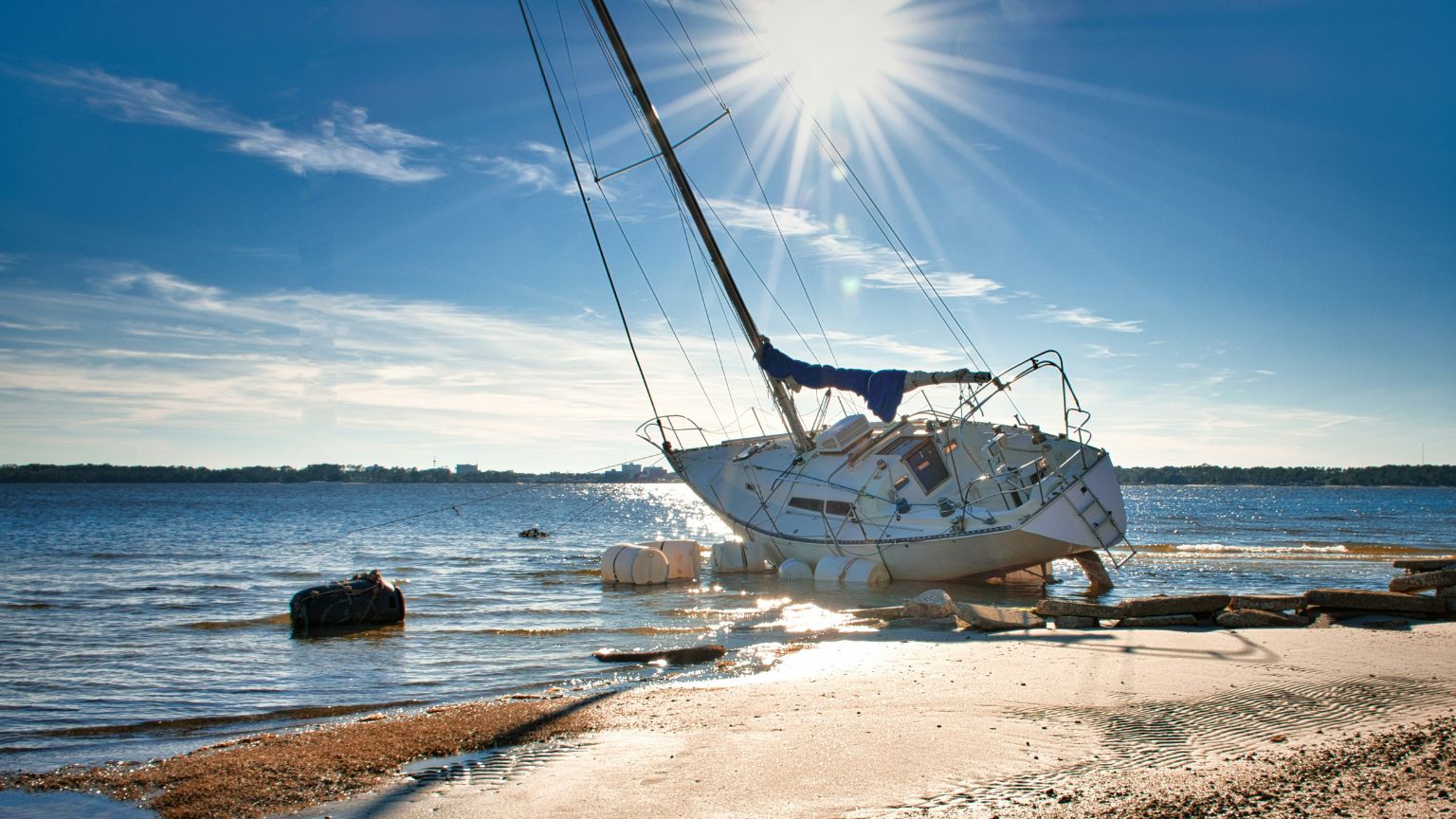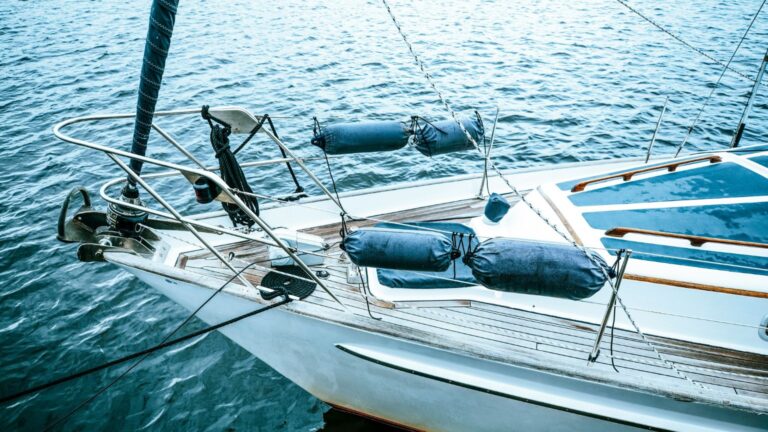Running aground is a scenario every sailor dreads—but it happens more often than many would like to admit. Whether you’re a novice skipper or a seasoned cruiser, understanding what to do when your yacht runs aground can make the difference between a minor hiccup and a costly disaster.
This guide walks you through what happens during a grounding, how to respond effectively, and how to avoid it in the first place.
What Does “Running Aground” Mean?
Running aground occurs when a yacht makes contact with the seabed, either partially or completely, and becomes stuck. This usually happens in shallow waters and can be due to navigational errors, outdated charts, unexpected shoals, or changes in tides.
There are two main types of grounding:
- Soft Grounding: The yacht touches the seabed but suffers little to no damage and may float off with the tide or power.
- Hard Grounding: The yacht impacts the seabed forcefully, potentially causing hull damage or becoming seriously stuck.
Immediate Signs You’ve Run Aground
- A sudden stop or noticeable deceleration.
- A change in the boat’s handling or responsiveness.
- Sounds of scraping or bumping.
- The depth sounder shows shallow or zero depth.
- The boat is no longer responding to rudder or throttle inputs.
First Things First: Stay Calm and Assess
- Stop the Engine and Evaluate the Situation
If you’re under power, stop the engine immediately to prevent further damage to the propeller or rudder. If under sail, drop sails to minimize stress on the rig. - Check for Injuries and Damage
Ensure everyone on board is safe. Then check the bilge for water, inspect the hull for cracks, and assess whether the rudder and keel are intact. - Determine Where and How You’re Stuck
Use charts, GPS, and a depth sounder to figure out your location and whether you’re stuck on mud, sand, rocks, or coral. Mud or sand is typically less damaging and easier to escape from.
How to Get Off
Once you know the type of grounding and seabed, try one or more of these methods:
- Wait for the Tide
If you’re on a rising tide and damage is minimal, simply waiting may allow you to float free. In tidal areas, this is often the safest solution. - Reverse Off
Shift weight aft by moving crew or gear to the stern. Try to reverse gently using the engine. Use caution—if you feel resistance or the boat won’t budge, don’t force it. - Heel the Boat
Heeling (tilting) the boat can reduce the draft. You can do this by swinging the boom out and adding weight (like crew) on that side, or by using a halyard attached to a dinghy or anchor line. - Kedge Off
Set an anchor in deeper water using a dinghy or by throwing it overboard. Winch yourself toward the anchor to pull the boat off the grounding spot. - Call for Assistance
If all else fails or if you’re on rocks or coral, it’s wise to call a tow service or the local coastguard. Attempting to free the boat on your own in these conditions can make the damage worse.
After Refloating
- Inspect the Yacht Thoroughly
Even if everything seems fine, inspect the keel, rudder, prop, and hull once afloat. Look for cracks, water intrusion, or abnormal vibration when running the engine. - Monitor for Leaks
Water ingress might be slow at first. Keep an eye on the bilge for hours after refloating, and consider returning to port for a proper haul-out and inspection. - Log the Incident
Note down the GPS location, time, tide, conditions, and actions taken. This is useful for insurance claims and learning from the incident.
Potential Damage to Watch Out For
- Keel Damage: Most common in hard groundings—check keel bolts and look for cracks in the keel-hull joint.
- Rudder or Shaft Misalignment: May cause steering issues or engine vibration.
- Hull Breaches or Cracks: Especially if the impact was severe or on rocks.
- Propeller Damage: If you ran aground under power.
Preventing Groundings in the Future
- Use Updated Charts and Plotters
Always have recent charts, and consider using multiple sources—paper, electronic, and apps. - Understand Tides and Local Conditions
Tidal range can mean the difference between safe passage and a grounding hazard. Study tide tables and be aware of sandbars, reefs, and shifting seabeds. - Keep a Proper Lookout
Post someone at the bow in shallow waters, and use polarized sunglasses to spot underwater hazards. - Sail Conservatively in Unfamiliar Areas
If you’re unsure, slow down and avoid close-to-shore navigation without proper reconnaissance. - Trust Your Instruments (But Not Blindly)
Use your depth sounder and GPS, but always cross-reference with charts and situational awareness.
Running aground is a stressful situation, but it doesn’t have to be a catastrophe. With quick thinking, the right tools, and a calm approach, most groundings can be resolved without serious damage. Even experienced sailors make mistakes, so treat each grounding as a learning experience and take proactive steps to avoid repeating it. Most importantly—respect the sea, know your waters, and sail prepared.




